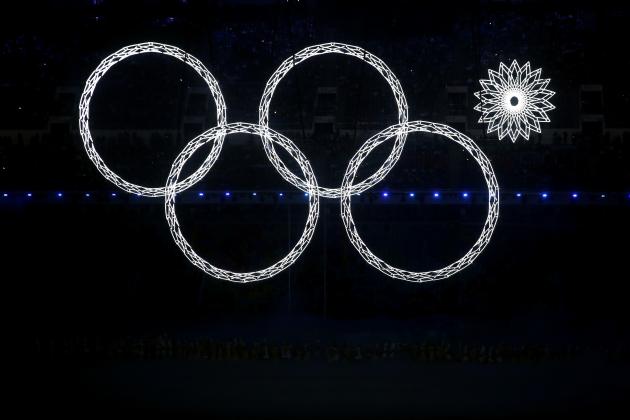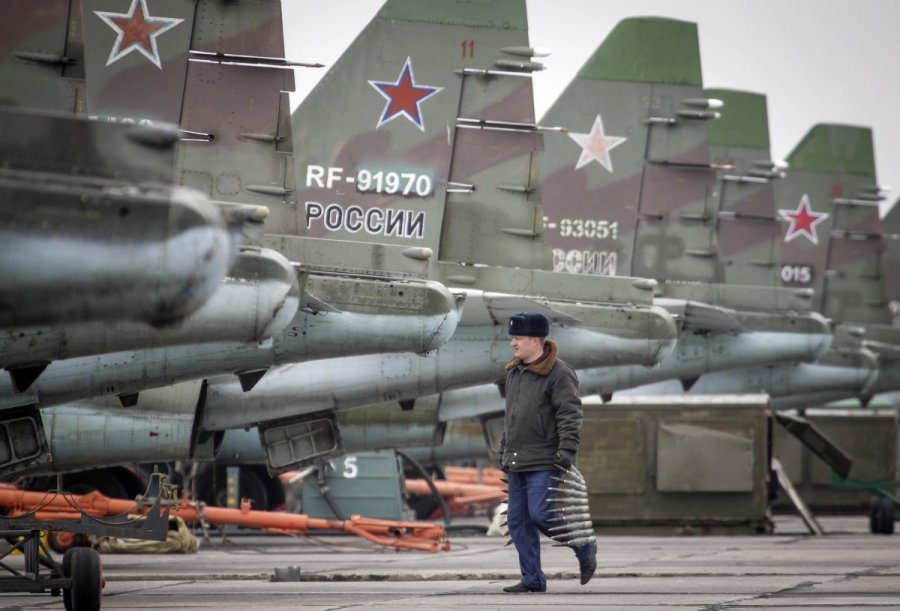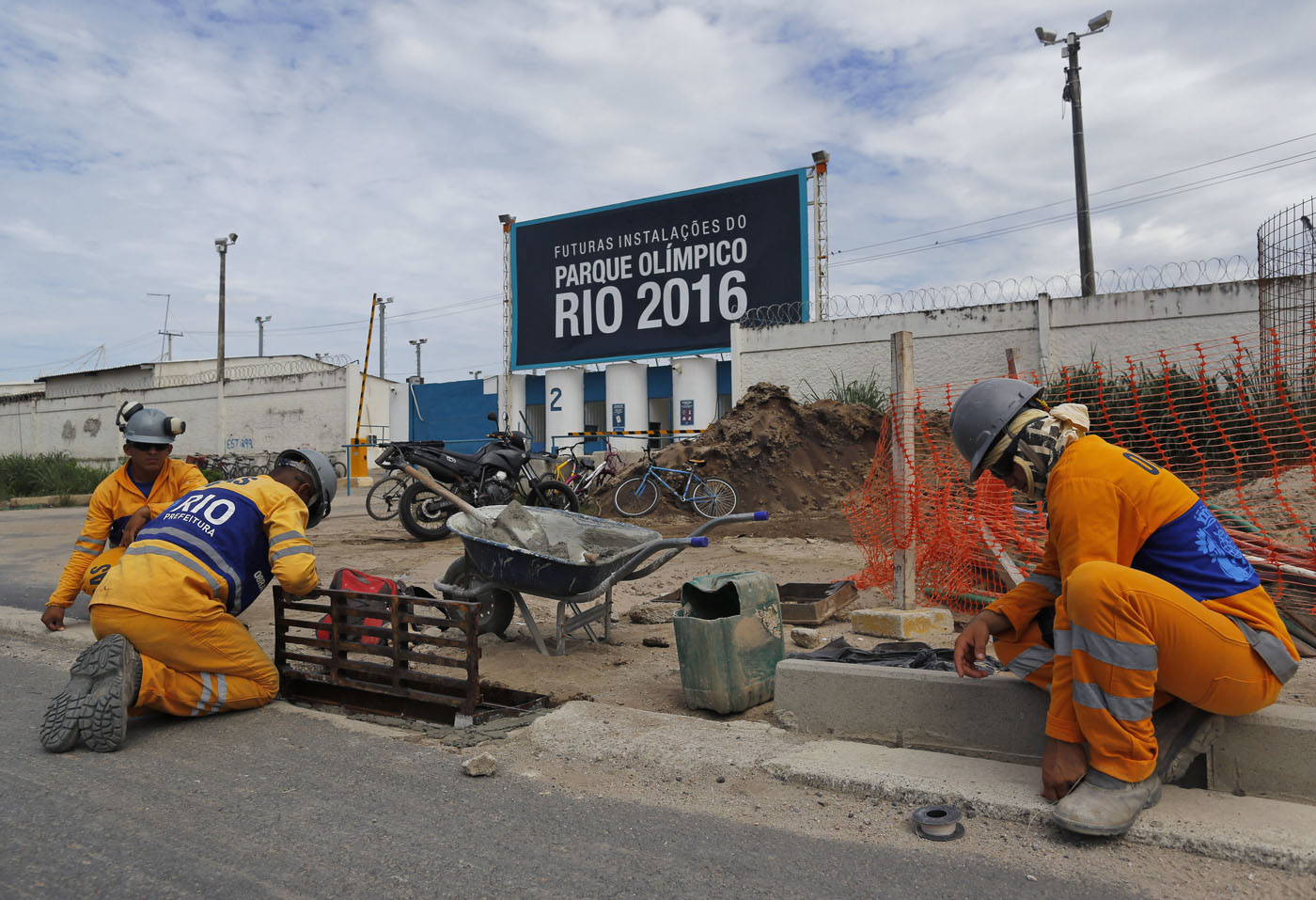By: Megan White & Victoria Barker

The 2014 Sochi Olympics began with a bang, or, rather, an avant-garde industrial boom. A three-hour-long spectacle, the Opening Ceremony ferried viewers through a millennium of Russian history, highlighting the country’s cultural and scientific achievements along the way. While the performance covered national treasures such as Tolstoy’s “War and Peace” and Tchaikovsky’s “Swan Lake,” condensing a thousand years into one sitting inevitably requires that some details be left out. As the ceremony moved into the Soviet era, the narrative drew immediate criticism from the international media for an idealized presentation of history that, according to Time magazine’s James Poniewozik, “skipped over the bloody excesses of Stalinist Russia in favor of a bit of World War II and a whole lot of Soviet ‘50s teenyboppers.”
The purpose of the Opening Ceremony, however, was not to provide a history lesson, but to celebrate proud moments in a tumultuous national past. Just as the United States would not have paraded images of the Trail of Tears, slavery, or internment camps across the international stage, Russia had every reason to speed skate through a smoothed-over version the 20th century. While the Olympic Opening Ceremonies is not necessarily the time or the place to come face-to-face with a painful history, a nation cannot hide behind a sugarcoated narrative forever: it eventually needs to step into the ring and grapple with the past. When the Soviet Union collapsed in late 1991, 15 countries were left to sift through the rubble of approximately 70 years and build new national identities. Nearly a quarter century later, eyewitnesses are aging, monuments are falling into disrepair, and the memory of life in the Soviet Union is fading under a thick layer of time. As time continues to press forward, these 15 countries must decide how and if they will remember the less than rosy moments of the past, and whether they should embrace the Soviet legacy or to let history be history.
Immediately following the 1991 implosion of the Soviet Union, the former republics faced the daunting decision of how to move forward politically. For 70 years, a massive and highly centralized government had overseen all domestic and foreign policy. Suddenly, 15 new governments were left to carve an identity somewhere between the old and the new. Adding further urgency to the decision was the ongoing economic crisis that had pushed the U.S.S.R. to the brink. In Europe, where GDP declined by as much as 50 percent, countries such as Estonia, Latvia, and Lithuania took steps to politically distance themselves from the past, joining the European Union and maintaining an almost spotless democratic record. Farther east and at the other end of the spectrum, countries such as Kazakhstan, Tajikistan, and Uzbekistan could hardly be considered post-Soviet: they remain today under the same leaders who ushered them out of the U.S.S.R. 25 years ago. In much of the former Soviet Union, particularly in threshold countries such as Ukraine, Moldova, and Russia, however, the past’s role in political orientation remains in limbo. But when building a new country atop the controversial and sometimes painful history of another, political orientation is only part of the battle.
As the newly formed governments puzzled over post-Soviet politics, the people of the former republics were left with a more complex question: what to do with the Soviet cultural legacy. While a government or an economic policy can change overnight, culture tends to be more inelastic. Under the doctrine of socialist realism, imposed by the Statute of the Union of Soviet Writers in 1934, Soviet public culture was essentially a government-controlled enterprise for 60 years. As independent states moved away from the Soviet Union, statues of happy, muscular peasants and workers continued to symbolically tower over the respective capitals. Today, in places such as Vilnius, Lithuania, the foundations of these statues are both literally and figuratively crumbling.
Generally, three different approaches to the Soviet cultural legacy have emerged from 1991. In countries such as Belarus and the five Central Asian states (Kazakhstan, Kyrgyzstan, Tajikistan, Turkmenistan, and Uzbekistan), a Soviet culture presence persists and is somewhat embraced. Since declaring independence in August 1991, Belarus has renamed only a few of its streets that commemorate Soviet war heroes, has maintained Russian as its de facto language, and has left Soviet symbols such as the large hammer and sickle adorning Minsk’s “Lenin’s Square” metro station unmolested. Though the post-Soviet countries of Central Asia have seen a resurgence of pre-Soviet traditions and Islam, the USSR looms large in the practice of state-mandated culture.
A second approach, which is most clearly manifested in Russia, is the softening of the Soviet legacy. In Moscow, for example, tourists can shop for KGB t-shirts and Communist Party shot glasses beneath the watchful eyes of a Vladimir Lenin statue. Later, they can try on army uniforms in one of the city’s many Soviet kitsch museums or visit the embalmed body of Lenin himself in Red Square. The Soviet legacy remains alive and well in Russia, but perhaps more as a pop-culture phenomenon than as an exercise in historical remembrance. Kitsch-culture is not necessarily politically motivated, but is rather the byproduct of an aging generation’s nostalgia for youth. Still, there are signs of change: only one in four Russians thinks that Lenin’s body should remain ensconced in Red Square, and the number of Russians nostalgic for the USSR has decreased by 10 percent.
While post-Soviet cultural angst has made only ripples in some former republics, it has churned waves in the Baltic States, where feelings toward the days of the USSR are chilly, at best. In Estonia, 100,000 ethnic Russians remain stateless, effectively barred from receiving Estonian citizenship. Latvia maintains a similar rule.
Lithuania, on the other hand, is currently embroiled in debate over what to do about the decaying statues on Vilnius’ Green Bridge. Some, such as Parliament member Kestutis Masiulis, believe that the statues should be demolished altogether, claiming that they glorify an ugly past and citing recent laws that prohibit the public use of Soviet symbols. Vilnius officials flatly rejected the mayor of Moscow’s 2010 offer to pay for the statues’ restoration. Despite public aversion to all things Soviet, Vilnius city officials have argued for a more complicated approach. By mounting plaques beneath the statues that explain the brutality of the Soviet invasion, officials hope to simultaneously honor history and pay respect to its victims.
This more complicated approach appears to be the answer in peaceful memory politics. History is often messy and stained. Wiping it clean or even buffing out the worst scuffmarks only clears away the context of a people’s proudest moments and the roots of who they are today. Though the 15 successor states to the Soviet Union have moved in different directions politically, some aligning with the past and others drawing away, they will always share a common cultural history. Glorifying that history without any understanding of the less than glorious moments trivializes the sacrifices of the past. Razing that history out of shame does the same, and is an act somewhat Soviet in of itself. Identity emerges from a full picture of history. Walking the balance beam between the past and the future while juggling remembrance, respect, and renewal, though, should qualify as an Olympic event.

